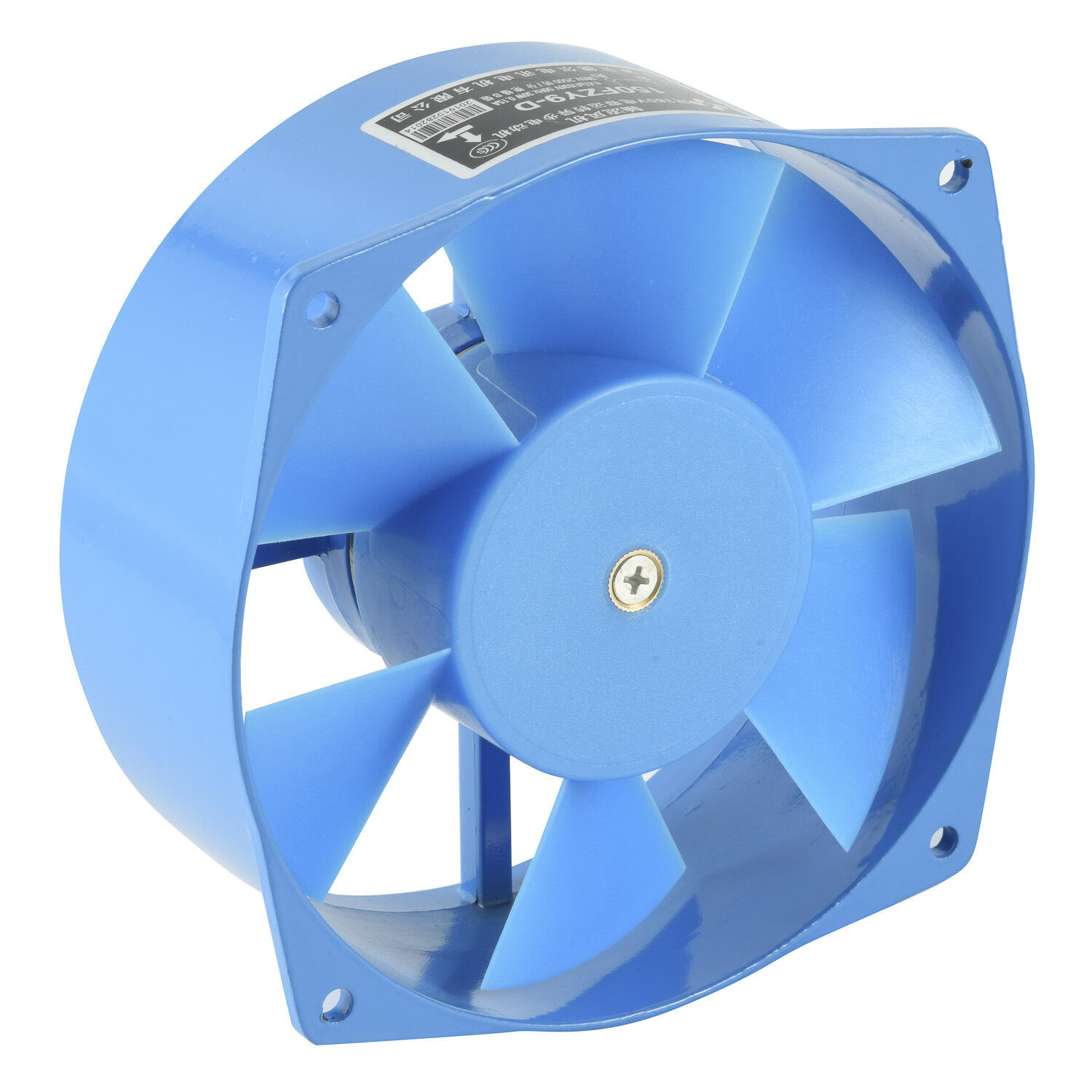voltni oshiruvchi transformator da
Kuchaytiruvchi transformator, AC elektr energiyasi tizimlari to'g'risida voltajni oshirish va amperlikni kamaytirish uchun muhim elektrik qurilma hisoblanadi. Ushbu sofistike qurilmaga ferromagnitli yadro orqali asosiy va ikkilav davrlar saralangan, bunda ikkilav davri asosiy davrdan ko'p tur xosil qiladi. Transformatsiya nisbati har bir davrda tur soniga to'g'ri proporsional bo'ladi, bu esa voltajni aniq ravishda oshirishga imkon beradi. Ular elektromagnit induksiya principlariga asoslangan va mutual induksiya orqali davrlar orasida elektr energiyasini o'tkazadi. Amaliy tadbiqlarda, kuchaytiruvchi transformatorlar elektr energiyasini generatorlardan olingan past voltajdagi elektr energiyasini uz masofadagi effektiv translyatsiya uchun yuqori voltajga aylantirishda muhim hissada turadi. Ular elektr stansiyalarida, elektr substantsiyalarida va voltajni oshirish kerak bo'lgan turli sanoat tadbiqlarida keng tarqalgan. Qurilma asosiy komponentlari energiya yo'qotishlarini kamaytirish uchun laminallangan poytaxt yadro, tekin elektr to'kchalari uchun effektiv to'kchalar va optimal ishlash temperaturasini saqlash uchun soatlash tizimlari hisoblanadi. Muassar kuchaytiruvchi transformatorlar ko'p talab qilinadigan monitoring tizimlari, himoyalangan davrlar va zamonaviy funksiyalar bilan ishlaydi, bu esa performans va xavfsizlikni oshiradi. Ularning dizayni effektivlikni oldindan o'rganib chiqishga, yuk shartlari bo'yicha voltajni stabillastirish va quvvat yo'qotishlarini kamaytirishga mukofat etadi.


